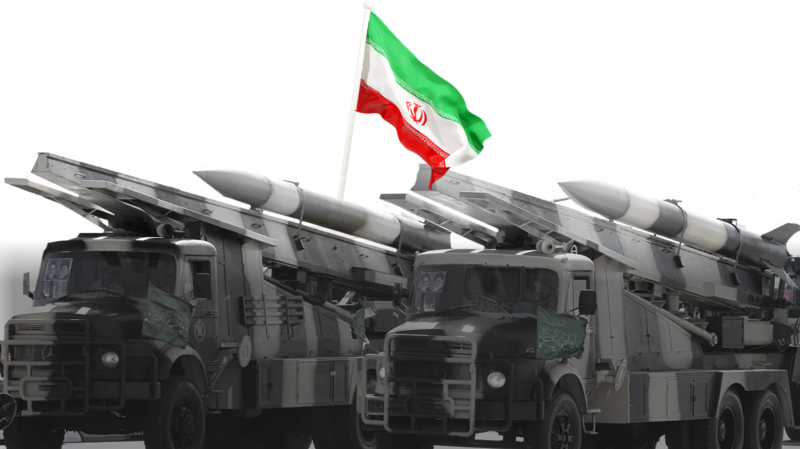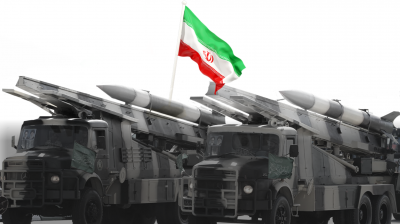Israel is preparing for a potential response from Iran following the assassination of Hamas political bureau chief Ismail Haniyeh while he was in the Iranian capital last week. Here’s a look at the air force capabilities and air defense systems of both countries:
**Iran**
The Iranian Air Force includes 37,000 personnel, but the International Institute for Strategic Studies in London reports that decades of international sanctions have largely deprived Iran of the latest high-tech military equipment. The air force has only a few dozen operational attack aircraft, including Russian models and old American models acquired before the Islamic Revolution in 1979. The institute states that Tehran has a squadron of nine fighter aircraft, including F-4 and F-5 models, a fleet of Russian-made Sukhoi-24 aircraft, along with several MiG-29, F7, and F14 aircraft. Iranians also have drones designed to fly towards targets and explode. Analysts believe the number of these drone arsenals does not exceed 10,000. Additionally, they say Iran possesses over 3,500 surface-to-surface missiles, some of which carry warheads weighing half a ton, but the number capable of targeting Israel may be less. The commander of the Iranian Air Force stated in April that Sukhoi-24 aircraft were "on standby" to face any potential Israeli attack. However, Iran's reliance on Sukhoi-24 jets, which were first developed in the 1960s, demonstrates the relative weakness of its air force. In terms of defense, Iran relies on a mix of surface-to-air missiles and air defense systems sourced from Russia and domestically produced. Tehran received shipments of the S-300 anti-aircraft system from Russia in 2016, which are long-range surface-to-air missile systems capable of engaging multiple targets simultaneously, including aircraft and ballistic missiles. Iran has also developed a surface-to-air missile system called Bavar-373, as well as the Sayyad and Raad defense systems.
**Israel**
Israel possesses advanced air capabilities provided by the United States, including hundreds of multi-role fighters such as F-15, F-16, and F-35 models. These aircraft played a role in downing drones launched by Iran in April when the Islamic Republic conducted its first direct attack on Israel using drones and missiles. The Israeli Air Force lacks long-range bombers, but a smaller fleet of Boeing 707s has been modified to serve as refueling tankers to enable fighters to reach Iran on precision strikes. The Israeli Air Force demonstrated its ability to strike long-range targets in July when one of its fighter jets bombed targets near the port of Hodeida in Yemen in response to an attack by the Houthis on Tel Aviv using a drone. Israel, a leader in drone technology, has Heron drones capable of flying for over 30 hours, sufficient for conducting long-range operations. The range of the Delilah missile is estimated to be about 250 kilometers, which is significantly less than the width of the Gulf, but the Air Force can compensate for this discrepancy by transporting one of the missiles near the Iranian border. It is widely believed that Israel has developed long-range surface-to-surface missiles, but it has neither confirmed nor denied this. A multi-layered air defense system, developed with U.S. assistance following the Gulf War in 1991, provides Israel with several additional options to intercept Iranian long-range drones and missiles. The system capable of reaching the highest altitude is Arrow-3, which can intercept ballistic missiles in space. Its predecessor, Arrow-2, operates at lower altitudes. The David’s Sling system addresses medium-range ballistic missiles and cruise missiles, while the Iron Dome system handles short-range missiles and mortar shells fired by Iran-aligned groups in Gaza and Lebanon. However, it can also theoretically be used against any stronger missiles that may have evaded the Arrow or David’s Sling systems. The Israeli systems are designed to be integrated with U.S. interceptive systems in the region for coalition defenses.




